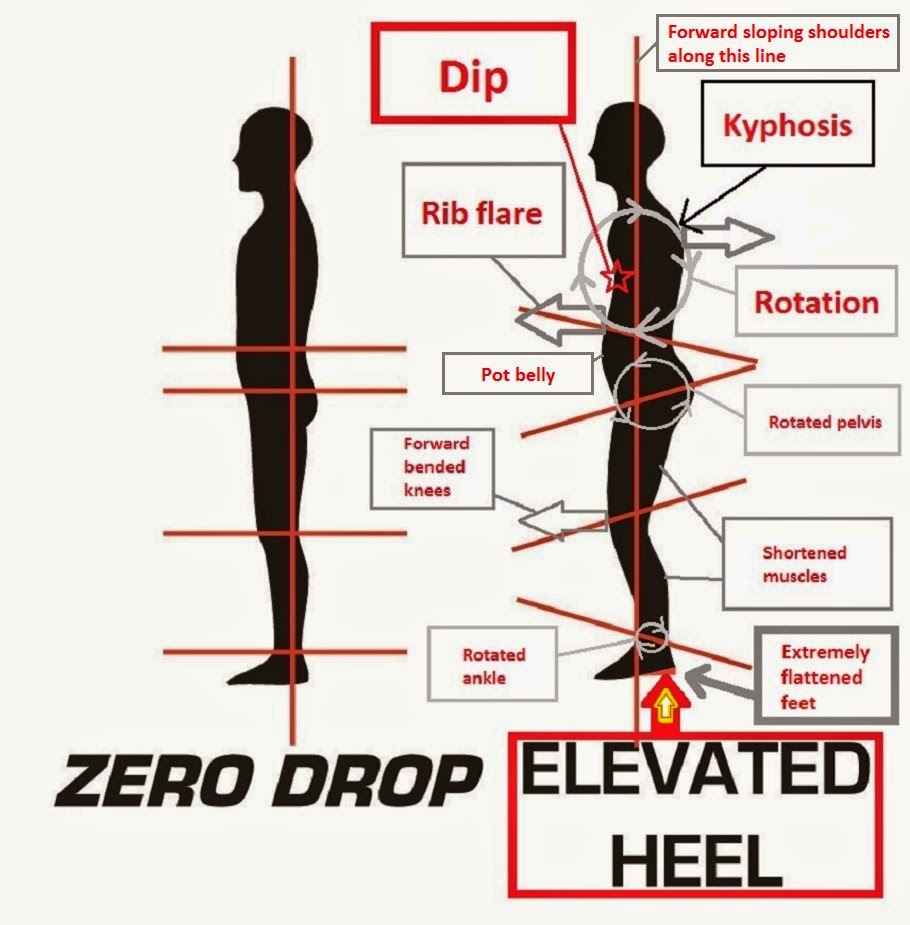What do you think? Did pectus excavatum exist at Stone Age?
This is what I think!
Yes, maybe very mild cases (?) and the reason to why I believe
that, is because I have tried to figure out how the ergonomic environment must have
changed since then.
Yet another illustration which I have made in paint (windows
8.1) shows the difference in the ergonomic environment and what must be the difference
from Stone Age and now. The illustration is color coded. The upper row is
Stone Age and the lower one is today.
1.
Even the environment before birth have changed
simply because babies are getting a lot bigger today which practically means
that they are more heavily bent today compared to Stone Age.
2.
At Stone Age there were no pillows and soft beds
which could bend the body into many unnatural positions. The average risk to
get into such a negative situation was therefore very much lower than today.
3.
There were no chairs so they probably sat down
in a very natural position most of the time especially good for the upper back
and the lower ribs.
4.
They did not form their bodies into S-shapes by
raising their heels.
To sum it up: There have never been any reason to
develop extremely strong connections between the skeletal system and the
muscular system until now (the environmental prerequisites have undergone a dramatic change).
"Some old good genes" find themselves to not fit in to this dramatic
environmental change.
That is the reason (I believe) to why genes for such heavy deformations
like pectus excavatum, could have passed through the evolution.
Fix PE=Go Back to Stone Age




















